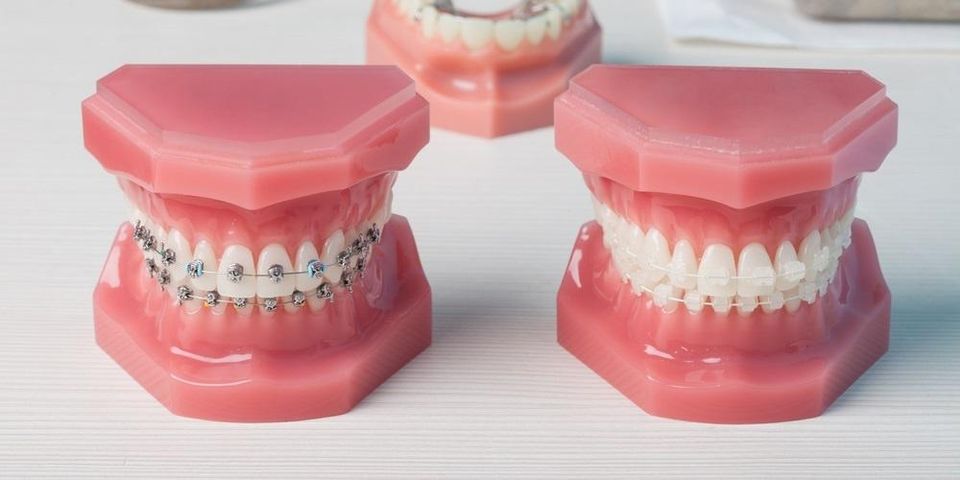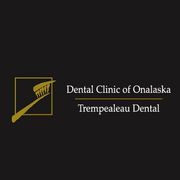A Dentist Explains Child vs. Adult Orthodontics

In recent years, adult orthodontic treatment has become more common. Between developments in dental science, the rising popularity of invisible braces, and wider access to oral health care, it is easier than ever to correct a bite that may have been imperfect since childhood. But because of the difference in developmental stages, your family dentist will treat an adult differently than a teenager. The Dental Clinic of Onalaska in Wisconsin has outlined some of the biggest differences.
Age-Related Issues
To start with, an adult's teeth are likely to be in different shape than those of a teenager. Past dental work, including extractions, can complicate treatment, as can decay, gingivitis, and any other problems your dentist might find. Orthodontic treatment in these cases will require a range of secondary services to maintain your dental health.
Typical Complications
 Age is also a factor in the way your mouth responds to a cosmetic dentist's treatment. As an adult, your bones have solidified, including your jaw, making it harder to shift the position of your teeth. Adults are also more likely to encounter root resorption, in which the body absorbs the roots and leaves the tooth without support. A dentist with experience in adult orthodontics can help assess your risk of these complications.
Age is also a factor in the way your mouth responds to a cosmetic dentist's treatment. As an adult, your bones have solidified, including your jaw, making it harder to shift the position of your teeth. Adults are also more likely to encounter root resorption, in which the body absorbs the roots and leaves the tooth without support. A dentist with experience in adult orthodontics can help assess your risk of these complications.
Social Factors
Finally, many people expect to see braces on a teenager, not an adult. Most adults want to avoid the appearance of braces to maintain a positive image. In these cases, clear aligners may be the best option to correct bite problems without using obvious hardware.
If you're interested in orthodontics, talk to your dentist. Adult or adolescent, the Dental Clinic of Onalaska is pleased to help you get the bite you've dreamed of. Call them today at (608) 783-3341 or request an appointment online.
About the Business
Have a question? Ask the experts!
Send your question

